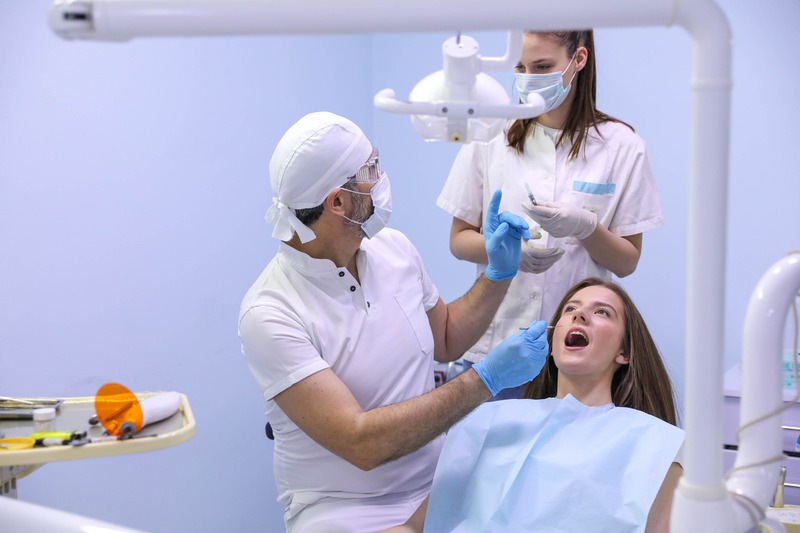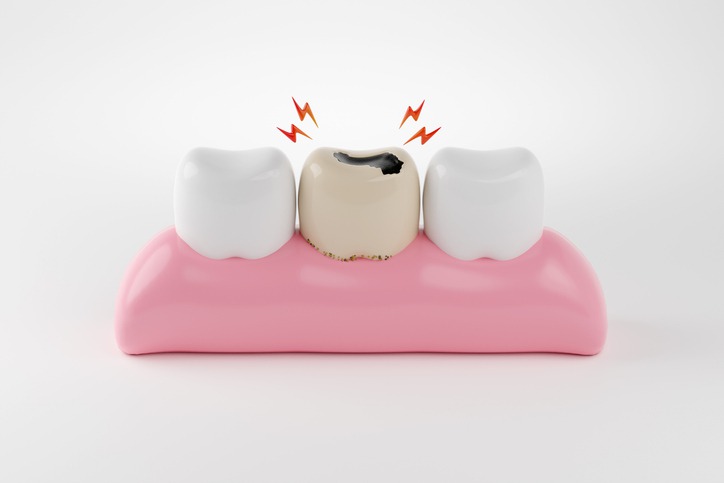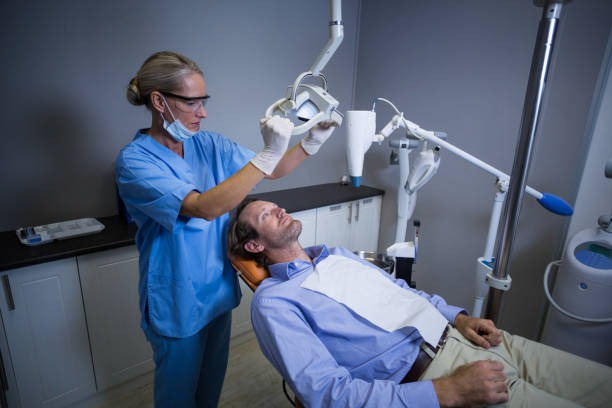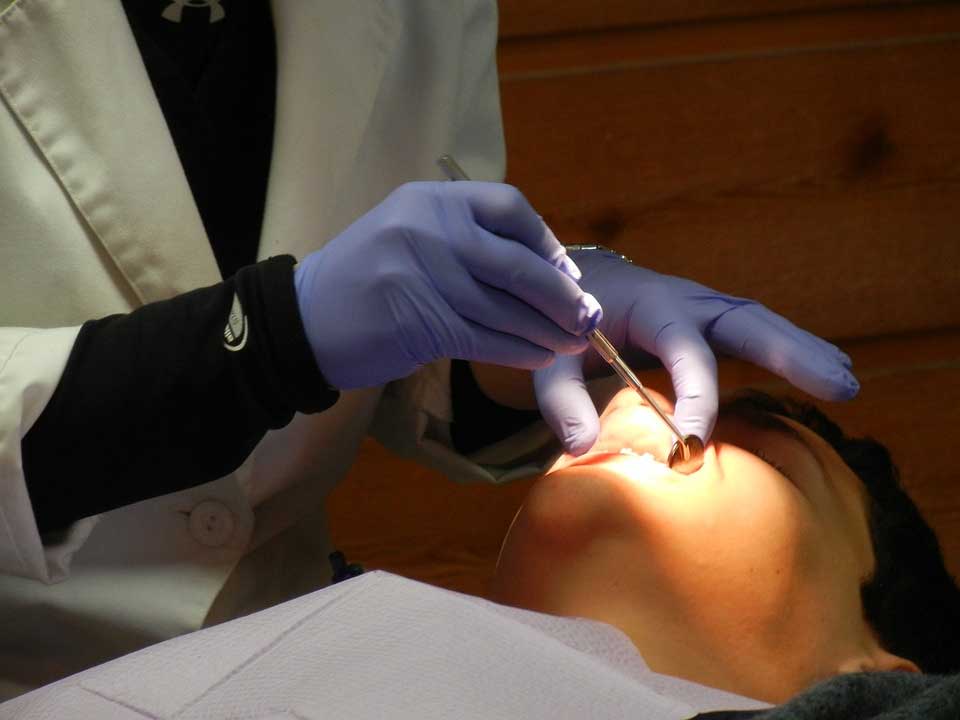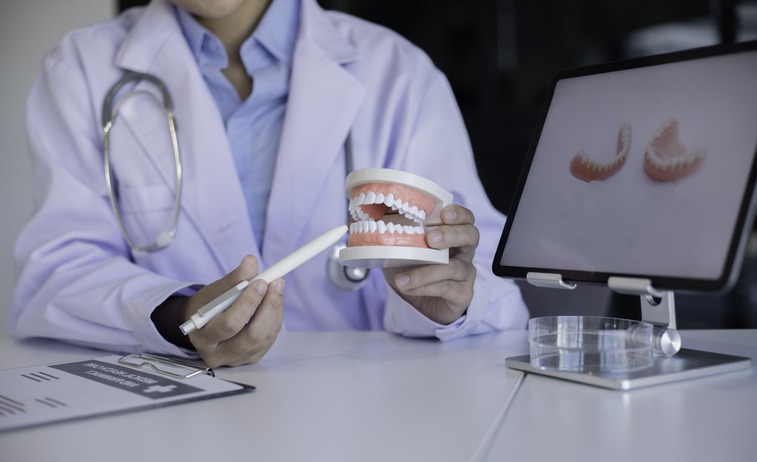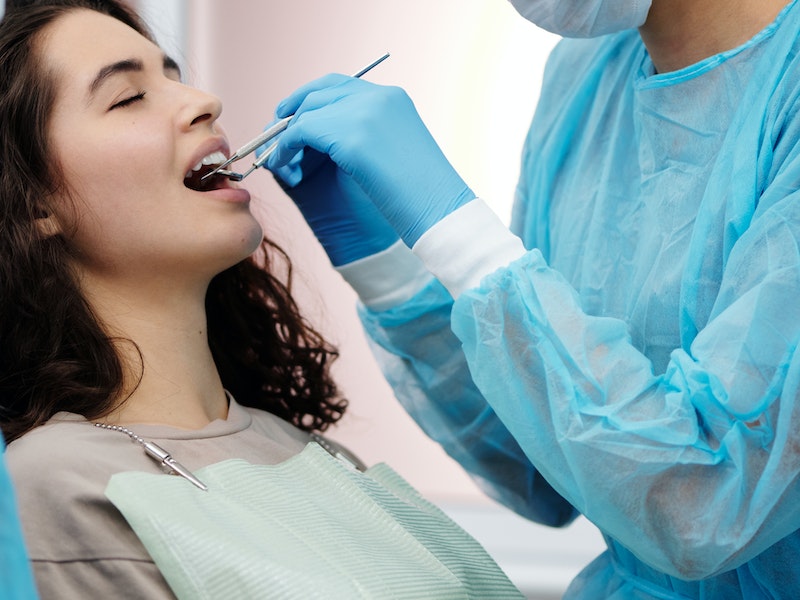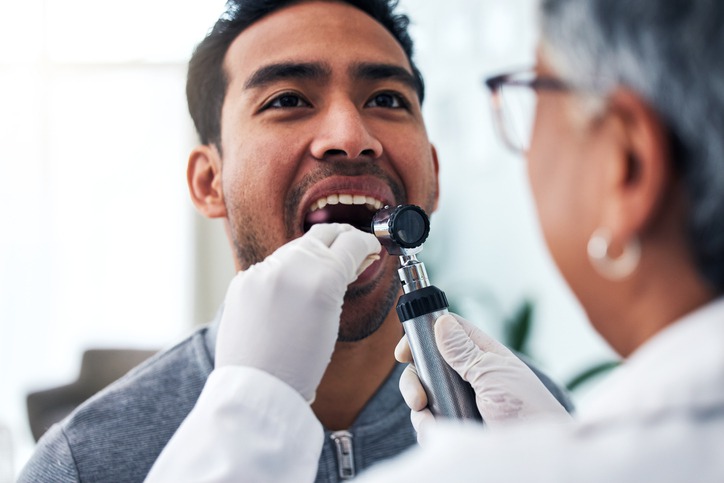
How to Recognize and Treat Oral Cancer
Understanding oral cancer and its early signs is crucial for effective treatment. Early detection can significantly improve treatment success rates, making it essential to recognize symptoms and seek medical attention if necessary. While the topic may seem daunting, knowing the facts and being vigilant about oral health can make all the difference. This article will guide you through recognizing oral cancer signs and exploring the treatment options available.
Recognizing Oral Cancer Symptoms
Oral cancer can sometimes be overlooked because its symptoms might resemble less severe dental issues. However, recognizing the early signs plays a critical role in effective treatment. Here are some symptoms to watch for:
-
Sores in the mouth that don’t heal within a few weeks
-
White or red patches on the gums, tongue, or lining of the mouth
-
Unexplained lumps or swelling in the neck or mouth
-
Pain or difficulty chewing and swallowing
-
Persistent sore throat or hoarseness
These symptoms don’t always indicate cancer but should prompt a visit to a healthcare professional. Regular dental check-ups are vital for early detection, as dentists can identify potential warning signs during routine exams. Patients should not ignore persistent changes in their oral health.
Consulting Healthcare Professionals
If symptoms are noticed, consulting a healthcare provider is the next crucial step. A thorough examination by a dentist or doctor can help rule out or confirm a diagnosis. They might recommend a biopsy or additional imaging tests to get a clearer picture. It is understandable to feel anxious, but confronting concerns directly allows for more treatment options and a better prognosis. Early engagement with healthcare teams ensures access to the most suitable treatment pathways.
Treatment Options for Oral Cancer
Treatments for oral cancer vary based on the stage and specific circumstances of each case. Common approaches include:
-
Surgical removal of the tumor
-
Radiation therapy to target cancer cells
-
Chemotherapy to combat cancer growth
-
Targeted drug therapy for specific cancer types
-
Rehabilitation to regain function post-treatment
Each therapy option comes with its own set of potential benefits and side effects. Medical professionals will guide patients through their choices, tailored to individual needs and health conditions. Understanding these treatments helps patients make informed decisions, staying actively involved in their care process. It’s also crucial for patients to discuss any concerns or preferences with their care team to ensure a treatment plan that aligns with their goals.
Post-Treatment Rehabilitation and Support
Recovery from oral cancer treatment often involves rehabilitation to restore speech and swallowing functions. Speech therapists, nutritionists, and physical therapists may all play essential roles in helping patients regain comfort and confidence in daily activities. Emotional support from healthcare professionals and support groups also contributes to a holistic recovery process.
Regular dental visits continue to be a pillar in ongoing care by checking for any further complications. Orthodontists services like those found at reputable dental practices can provide specialized care and advice tailored to post-treatment oral health needs. These services ensure that patients receive comprehensive care as they navigate the changes incurred from treatments.
Preventive Measures
Preventive actions can be effective in reducing oral cancer risks. Here are a few strategies:
-
Avoid tobacco products and limit alcohol intake
-
Eat a well-balanced diet rich in fruits and vegetables
-
Use sunscreen and lip balm with SPF to protect lips from UV rays
-
Schedule regular dental exams and check-ups
-
Conduct self-examinations for any unusual changes
These lifestyle adjustments contribute significantly to promoting a healthier oral environment. While prevention isn’t a guarantee, it reduces risk factors considerably. Regular self-exams to check for changes like new lumps or unhealed sores can also aid in early detection. Keeping open communication with healthcare providers ensures these preventive measures are effectively integrated into daily life.
Self-Exams
Performing self-exams can be a valuable habit for early identification of potential oral issues. With a mirror and good lighting, inspect the inside of your mouth, gums, and throat for any noticeable changes. If anything alarming is detected, it should be recorded and addressed during professional dental visits. Self-exams empower individuals to take charge of their health and facilitate early detection, where professional exams might be less frequent.
Orthodontic care, such as braces Mississauga, can also help sustain oral health. Regular consultations for orthodontic treatment provide additional opportunities for professional dental assessments, which can help identify early signs of issues and enhance overall oral health. Such treatments align more than teeth; they align general well-being with long-term dental health goals.
Consultations with Dental Professionals
Maintaining regular dental appointments does more than just ensure clean teeth. These visits allow dental professionals to conduct comprehensive evaluations and identify early indicators of potential cancer. Treatments from the best orthodontist Oakville ensure that patients have access to personalized care plans that can seamlessly integrate with other oral health maintenance measures.
Closing Remarks
Understanding how to recognize and treat oral cancer equips individuals with the knowledge needed for proactive health management. Early detection is key to successful treatment outcomes. By embracing regular check-ups and being mindful of changes in their oral health, individuals safeguard not just their mouths but their overall well-being. Lifestyle alterations, professional consultations, and ongoing awareness form a triad of protection against potential threats to oral health. Staying informed ensures continued oral health success, delivering a message of reassurance and empowerment in health management strategies.











